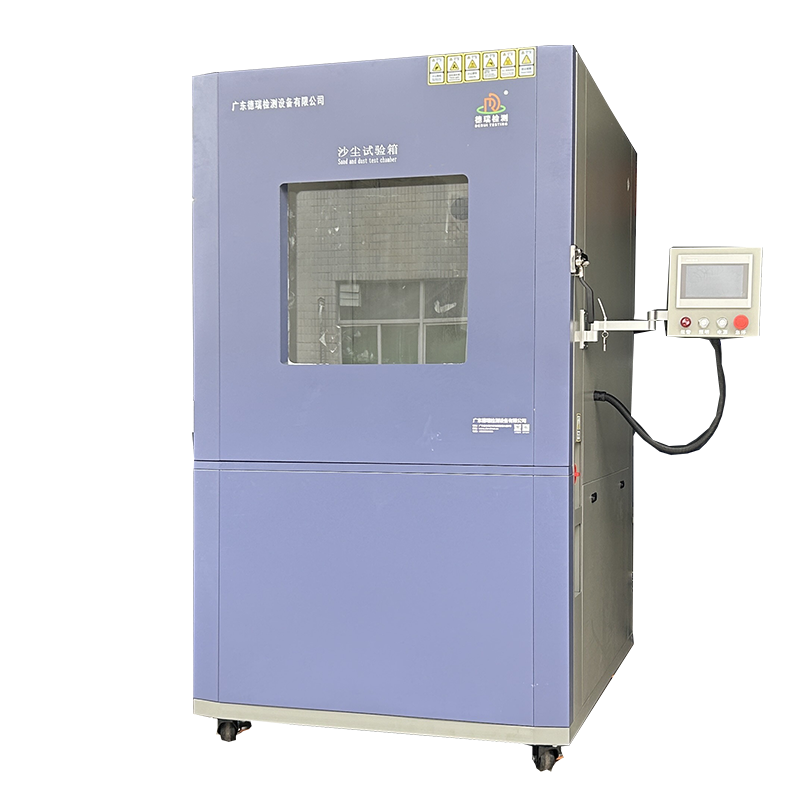
Solution for Sand and Dust Testing of Photovoltaic Inverters
Product Details:
- Automation Grade Fully automatic
- Display Type 7 LCD touchscreen
- Specimen Size Up to 500 500 mm
- Features Programmable, safety interlocks, automatic dust recycling
- Response Time <1 s
- Measuring Range 0-9999 cycles
- Frequency 50Hz
- Click to view more
Solution for Sand and Dust Testing of Photovoltaic Inverters Price And Quantity
- 1 Unit
- 266505.0 INR/Unit
Solution for Sand and Dust Testing of Photovoltaic Inverters Product Specifications
- 1% of set value
- Standard I/O, USB export
- DN50 inlet & outlet
- Floor-standing
- Variable, customizable
- Photovoltaic inverter reliability testing
- Tested against ASTM D5175 grit
- Up to 4 at a time
- 1650 mm
- Room temperature to 60C
- 0.5~0.8 MPa
- Suitable for inverter units
- 0.01 m/s
- Up to 1500 mm
- 600 mm
- 20%~90% RH adjustable
- Lifecycle and performance exposure test for PV inverters
- AC 220V, 50Hz
- Sand and Dust Test Chamber
- 220V AC
- PLC touchscreen control
- 0-5 m/s adjustable
- Fully automatic
- Approx. 520 kg
- 7 LCD touchscreen
- Programmable, safety interlocks, automatic dust recycling
- 0-9999 cycles
- <1 s
- Up to 500 500 mm
- 50Hz
Solution for Sand and Dust Testing of Photovoltaic Inverters Trade Information
- Cash in Advance (CID)
- 90 Unit Per Month
- 7 Days
- All India
Product Description
| Item | Specification |
| Internal dimension | 800W*800D*800Hmm |
| External dimension | 1300W*1000D*1700Hmm |
| Test sample | Size W20cm- L30cm-D15cm, weight 0.5kg |
| Chamber material | SUS304 Stainless steel |
| Specifications of square mesh sieve | Mesh hole 75um, mesh metal wire diameter 50um |
| Talcum powder amount | 2kg/ m |
| Airflow speed | No more than 2m/s |
| Door | Left open door with tempered glass door |
| Controller | PLC Touch Screen controller, programmable to set as below cycle: a. Blowing dust time (Stop/Blow) m/s b. Cycle time: can be adjusted c. Pre-set test time: 0s ~99m99s |
| Vacuum system | Pressure gauge, air filter, Pressure regulating FRL, connecting pipe, Vacuum pump |
| Vacuum pump capacity | 60-600 L/H |
| Fan | Centrifugal fan |
| Safety protection devices | Meter over-temperature function, Phase shortage protection, Power short-circuit protection |
Reliable Sand and Dust Testing for Photovoltaic Inverters
This equipment is tailored for lifecycle and performance exposure tests of PV inverters, mimicking sandstorm and dust-laden environments. It offers advanced automation, precise environmental control, and robust safety systems to ensure consistent, repeatable testing cycles as per IEC 60068-2-68 and GB/T 2423.37-2006 standards.
Intuitive Control and Data Management
The chamber is operated via a 7-inch LCD PLC touchscreen, allowing users to custom program test parameters including speed, airflow, temperature, and humidity. Internal data storage paired with USB export simplifies data analysis and documentation, streamlining your quality assurance process.
Safety and Performance Integrated
A tempered glass observation window with LED illumination provides safe inspection during test cycles. Overload protection, emergency stop, and interlock doors safeguard users and specimens, while a low-noise operation (70 dB) maintains a pleasant working environment.
FAQs of Solution for Sand and Dust Testing of Photovoltaic Inverters:
Q: How is the sand and dust test conducted on photovoltaic inverters using this chamber?
A: The process involves placing up to four PV inverter specimens within the 900-liter test chamber. Programmable test cycles subject the inverters to controlled sand and dust exposure, with adjustable airflow (0.21.5 m/s), temperature (room temperature to 60C), and humidity (20%90% RH) parameters. The chamber simulates real-world conditions, ensuring products meet industry reliability standards.Q: What are the main benefits of using this sand and dust test chamber for manufacturers?
A: Manufacturers benefit from fully automatic operation, precise environmental control, and compliance with IEC and GB/T standards, allowing accelerated lifecycle and performance testing. The data export and programmable cycles optimize quality control procedures and support product development and validation.Q: When should a PV inverter manufacturer use this chamber?
A: This chamber is ideal for use during R&D, pre-production validation, and regular quality assurance of photovoltaic inverters, especially when preparing products for deployment in deserts or harsh, dust-prone regions. Early reliability testing ensures robustness before market release.Q: Where can this test chamber be installed within a facility?
A: Designed as a floor-standing unit with external dimensions of 20009001800 mm and approx. 520 kg weight, the chamber is suitable for most laboratory or manufacturing testing areas with AC 220V power and appropriate ventilation. Its manageable footprint eases integration into standard test laboratories.Q: How does the dust collection and filtration system function?
A: An advanced cyclone separator with a dedicated filter efficiently collects and recycles sand and dust during testing. The system maintains consistent particulate exposure, reduces maintenance needs, and supports automatic dust handling to maximize productivity.Q: What safety features are implemented in this equipment?
A: The test chamber integrates multiple safety systems including overload protection, an emergency stop button, and an interlock door system. The tempered glass observation window, internal LED illumination, and low-noise operation further enhance operational safety for users.Q: Which compliance standards are supported by this chamber and why is this significant?
A: The chamber adheres to IEC 60068-2-68 and GB/T 2423.37-2006, as well as ASTM D5175 grit hardness test requirements. Compliance ensures tested PV inverters meet global and regional reliability benchmarks, streamlining international product certification and market access.
Price:
- 50
- 100
- 200
- 250
- 500
- 1000+



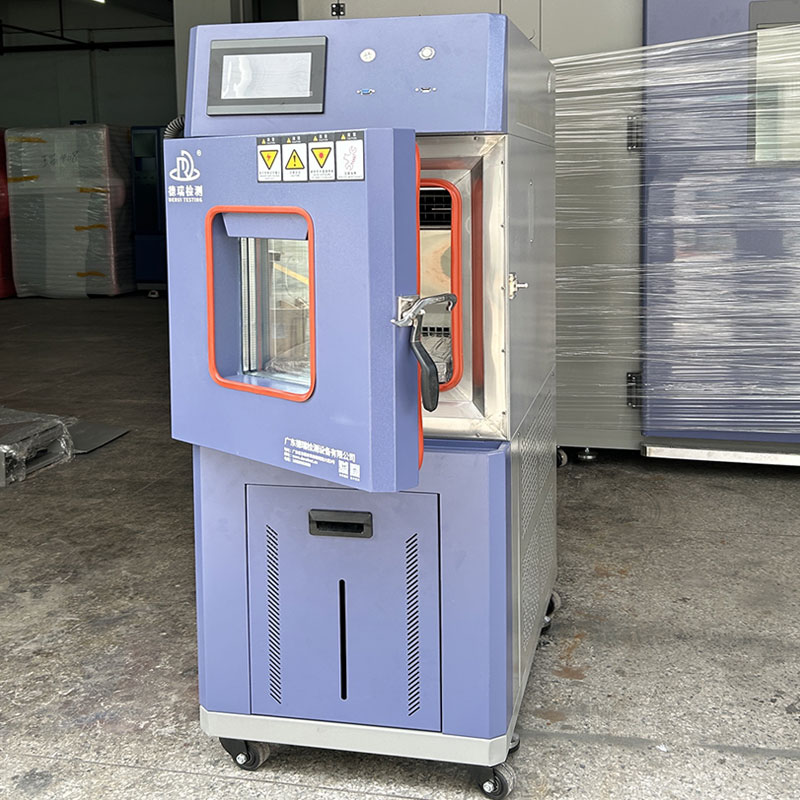
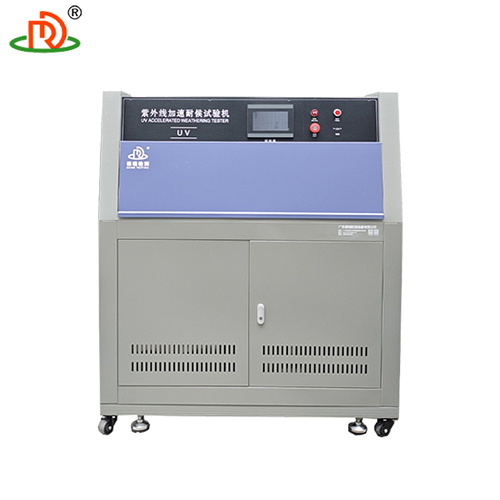
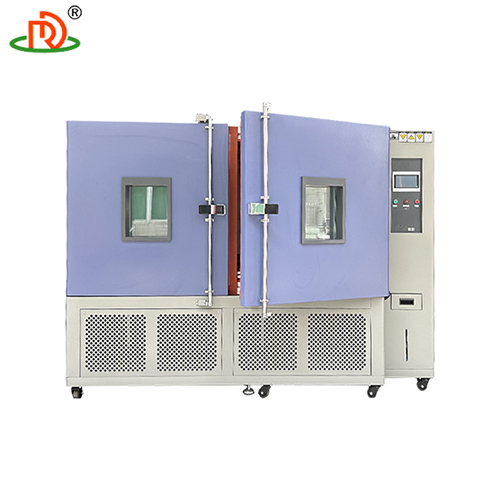
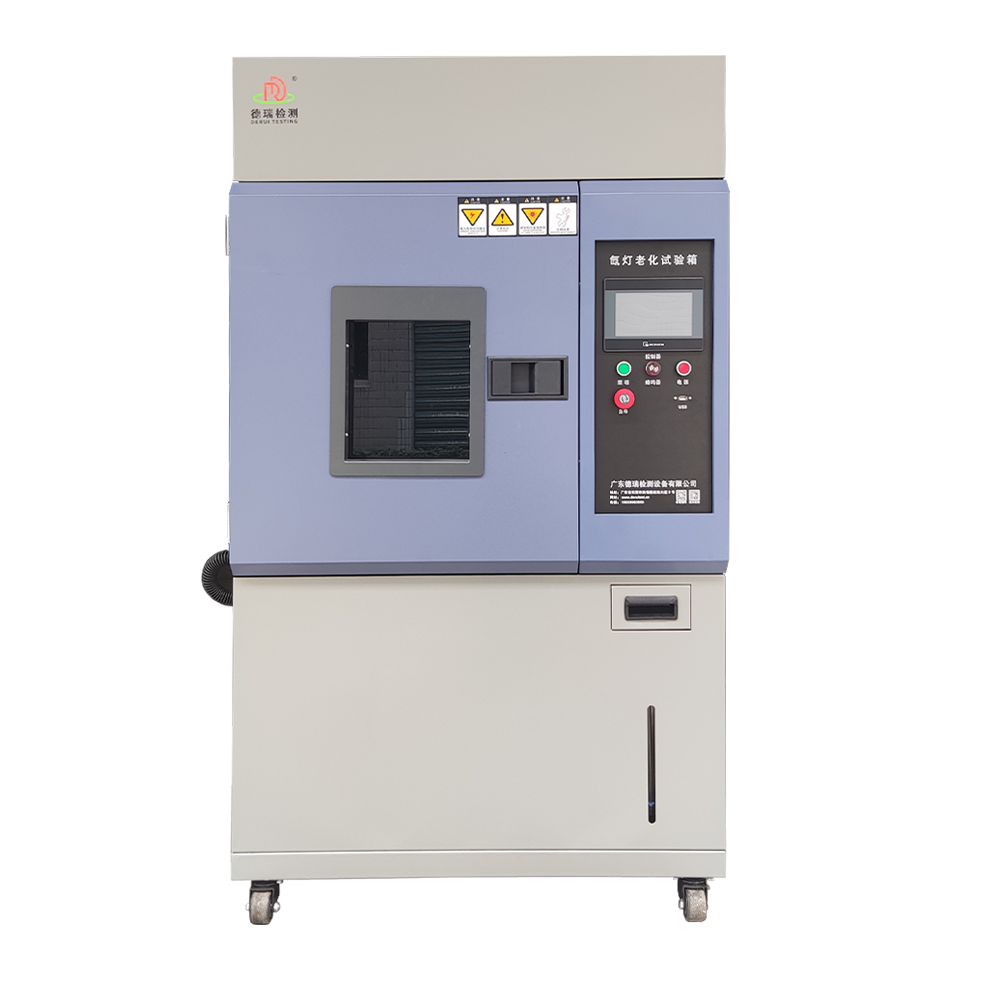

 English
English Spanish
Spanish French
French German
German Italian
Italian Chinese (Simplified)
Chinese (Simplified) Japanese
Japanese Korean
Korean Arabic
Arabic Portuguese
Portuguese